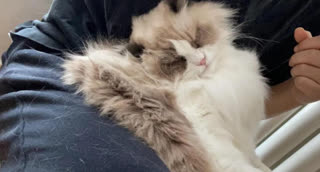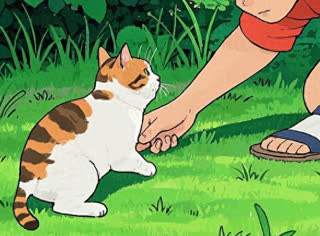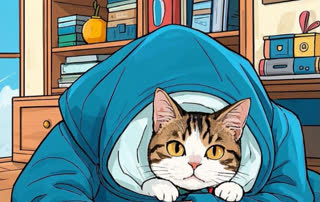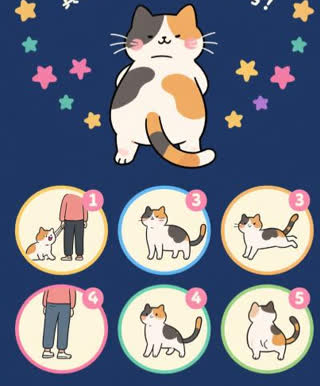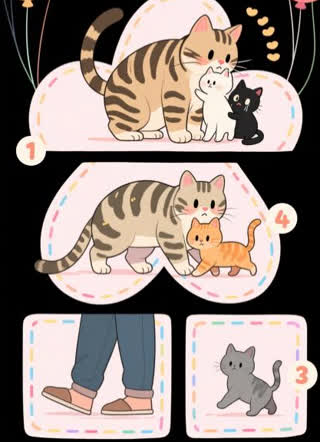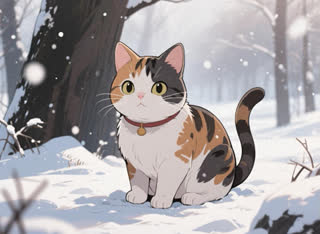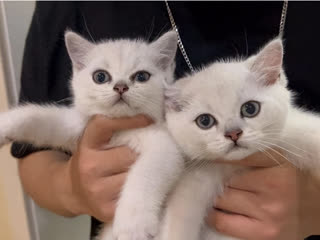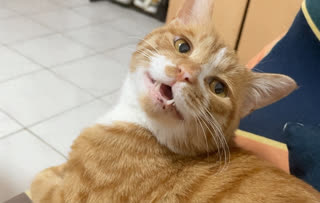If you’re torn between adopting a
Maine Coon or a
Ragdoll cat, understanding their personality traits is crucial to finding the perfect feline companion. Both breeds are beloved for their striking appearances and gentle dispositions, but their temperaments diverge in subtle yet significant ways. In this comprehensive guide, we’ll explore the
maine coon vs ragdoll cat personality differences, helping you make an informed decision based on your lifestyle and preferences.
Maine Coons are often described as sociable extroverts who thrive on human interaction. They enjoy greeting family members at the door, participating in household activities, and even initiating playtime . While they’re affectionate, they tend to be more independent than Ragdolls, often choosing to curl up nearby rather than demand constant cuddling. This makes them ideal for busy households or owners who value a cat that balances companionship with autonomy.
Ragdolls, on the other hand, are devoted lap cats that crave physical closeness. They’re known for following their owners room-to-room, nuzzling for attention, and even “helping” with daily tasks . Their tendency to go limp when held—a trait that earned them the name “Ragdoll”—highlights their trusting nature. This breed is perfect for individuals seeking a constant, affectionate companion.
Maine Coons inherited their energetic streak from their working-cat ancestors. They love interactive toys, climbing cat trees, and even playing fetch . Their curiosity often leads them to explore every corner of the house—or even venture outdoors (if supervised). While they’re not hyperactive, they require mental and physical stimulation to prevent boredom.
Ragdolls are low-key and laid-back, preferring gentle play or quiet moments with their owners. They rarely jump onto high surfaces or exhibit destructive behavior, making them suitable for apartments or homes with fragile decor . However, they still enjoy toys that mimic prey, such as feather wands, to satisfy their natural hunting instincts.
Maine Coons are exceptionally intelligent and enjoy problem-solving. They can learn tricks like opening doors or retrieving objects and often manipulate their environment to get what they want . This intelligence, combined with their independence, means they require consistent training and mental challenges to stay engaged.
Ragdolls are eager to please and respond well to positive reinforcement. While they may not be as “crafty” as Maine Coons, they quickly learn routines and commands, making them easy to train for litter box use, scratching posts, or even leash walking . Their docile nature also reduces the need for strict discipline.
Maine Coons are vocal communicators, using trills, chirps, and soft meows to express themselves. They’ll “talk” to their owners about their needs, whether it’s mealtime or playtime . This vocalization adds to their charm but may not suit those seeking a quiet home.
Ragdolls are relatively silent, emitting only soft purrs or gentle meows when necessary. They’re less likely to demand attention through noise, making them ideal for apartments or households sensitive to sound .
Maine Coons are excellent with children and other pets. Their patient nature allows them to tolerate playful kids, while their size deters smaller animals from aggression . They often act as “peacekeepers” in multi-pet households, diffusing conflicts with their calm demeanor.
Ragdolls are equally family-friendly but may require more supervision around young children due to their gentle nature. They typically get along well with dogs and other cats, though they may need time to adjust to new pets . Their non-confrontational personality ensures harmony in most environments.
Both breeds face similar health risks, including hypertrophic cardiomyopathy (HCM) and polycystic kidney disease (PKD) . However, Maine Coons are more prone to hip dysplasia due to their large size, while Ragdolls may develop obesity if not monitored . Regular vet check-ups, a balanced diet, and exercise are essential for both breeds.
Lifespan also varies slightly: Maine Coons typically live 9–13 years, while Ragdolls enjoy 12–17 years . Proper care can extend these ranges.
Maine Coons thrive in spacious environments and may become restless in small apartments. They enjoy access to outdoor enclosures or supervised outdoor time to satisfy their exploratory instincts .
Ragdolls are content indoors and prefer a predictable routine. Their lack of street smarts makes them unsuitable for unsupervised outdoor adventures, as they may wander or fall victim to predators .
Maine Coons have a thick, water-resistant double coat that requires weekly brushing to prevent matting. They shed heavily seasonally, necessitating daily grooming during these periods .
Ragdolls have a silky, semi-long coat that’s easier to maintain. Bi-weekly brushing suffices, and their lack of an undercoat reduces shedding compared to Maine Coons .
Choosing between a Maine Coon and a Ragdoll ultimately depends on your priorities:
Opt for a Maine Coon if you want an active, intelligent cat that adapts well to dynamic households and enjoys outdoor exploration.
Choose a Ragdoll if you desire a calm, affectionate companion that thrives on human interaction and fits seamlessly into indoor living.
Both breeds are loving and loyal, but their distinct personalities cater to different lifestyles. By aligning their traits with your needs, you’ll ensure a harmonious and fulfilling relationship with your new feline friend.
Key Takeaways:
Maine Coons are sociable, active, and vocal, ideal for families seeking an engaging, independent pet.
Ragdolls are affectionate, laid-back, and quiet, perfect for individuals craving a cuddly, low-maintenance companion.
Both breeds require regular vet care, mental stimulation, and grooming to thrive.
This guide synthesizes insights from veterinary resources, breed-specific care articles, and expert observations to provide actionable advice for cat owners. By understanding their unique personalities, you’ll make a choice that benefits both you and your future pet.

